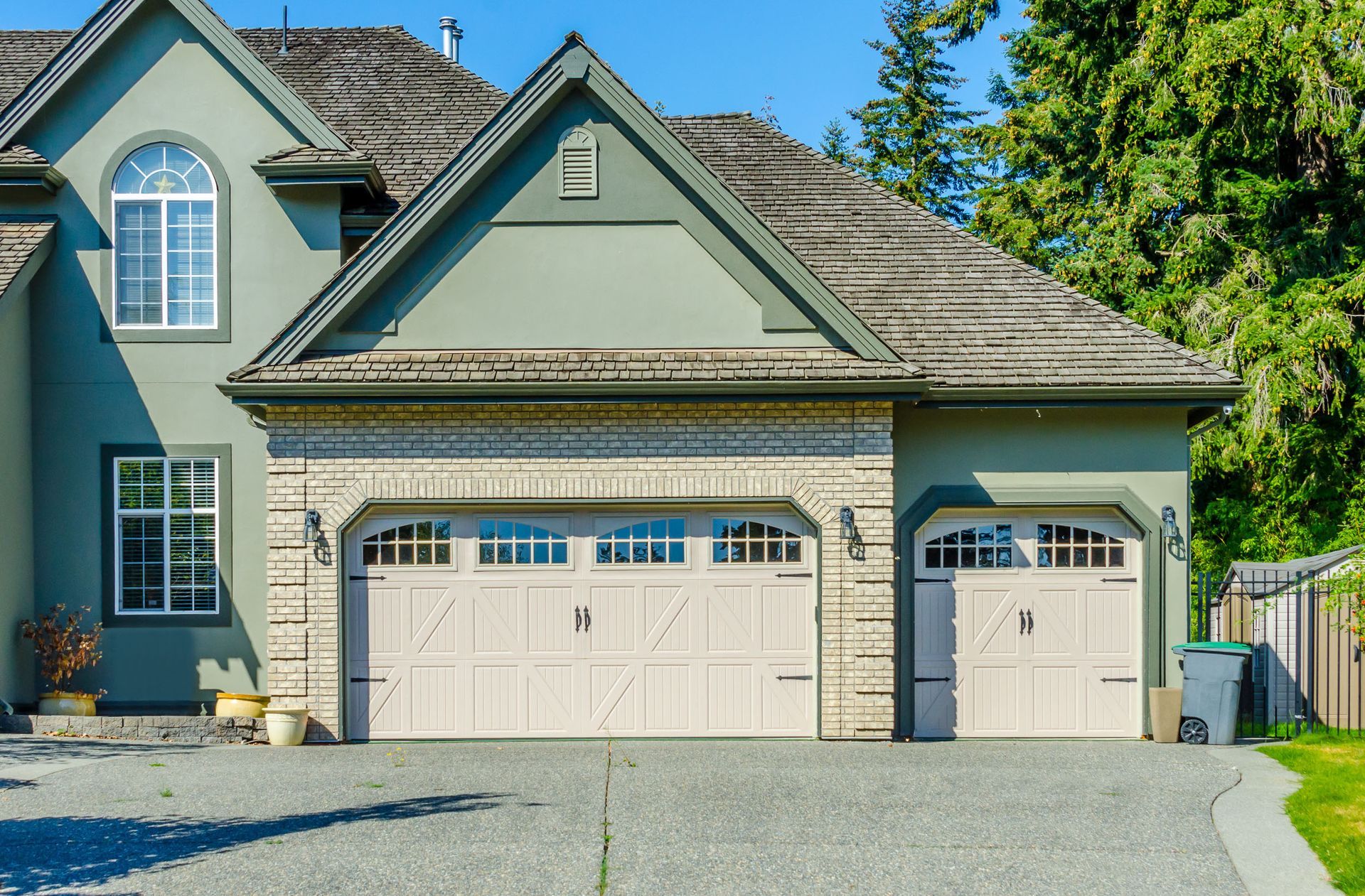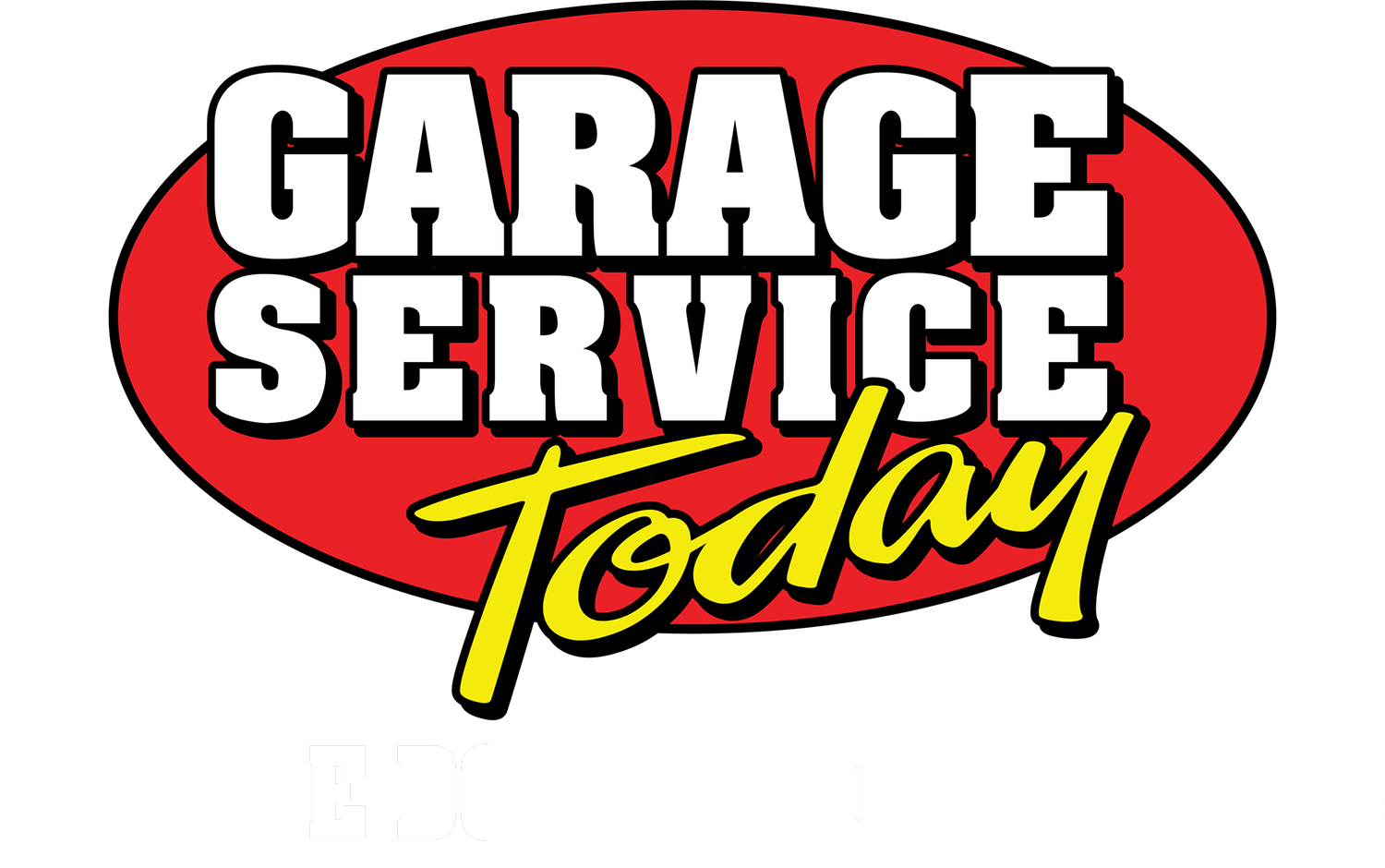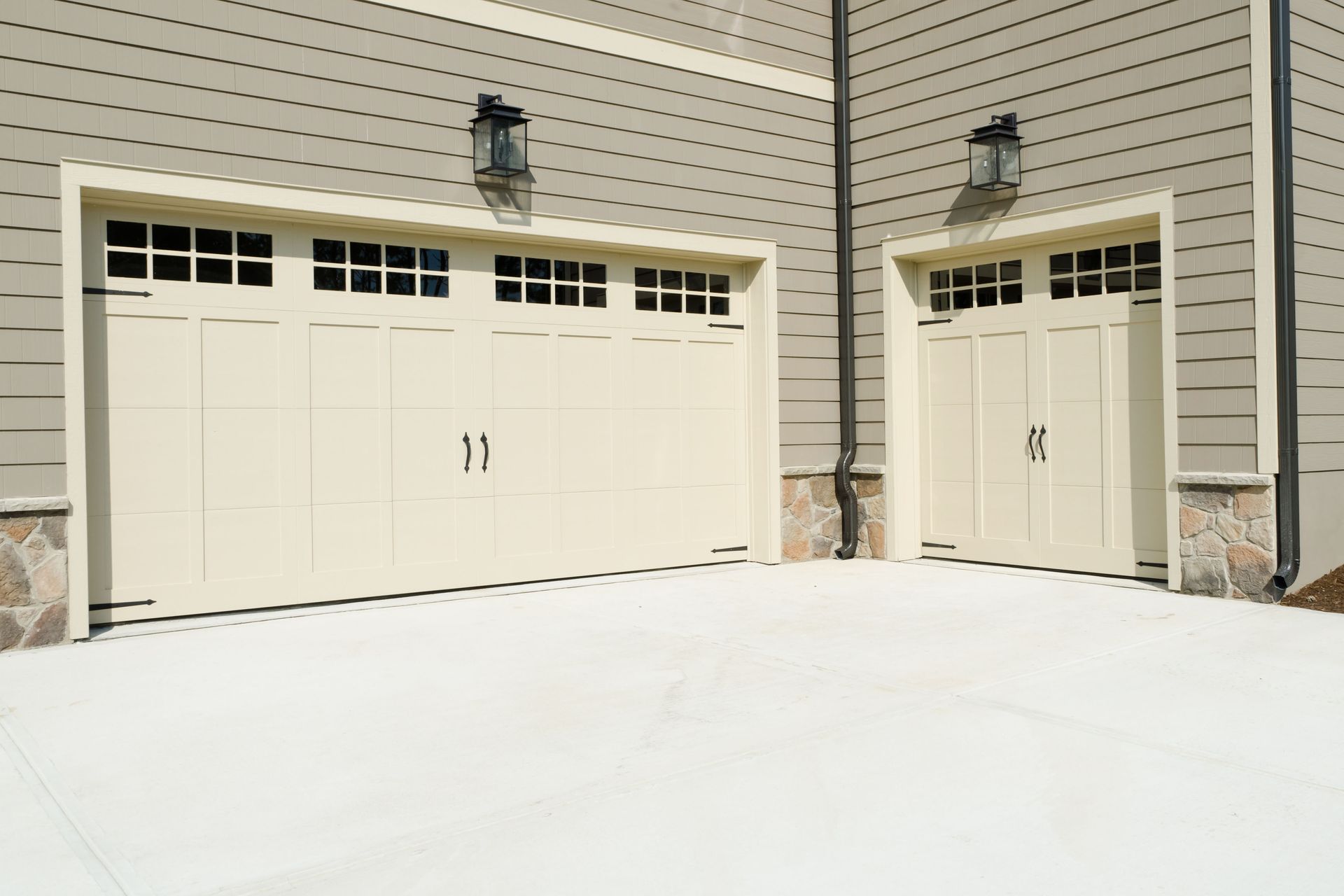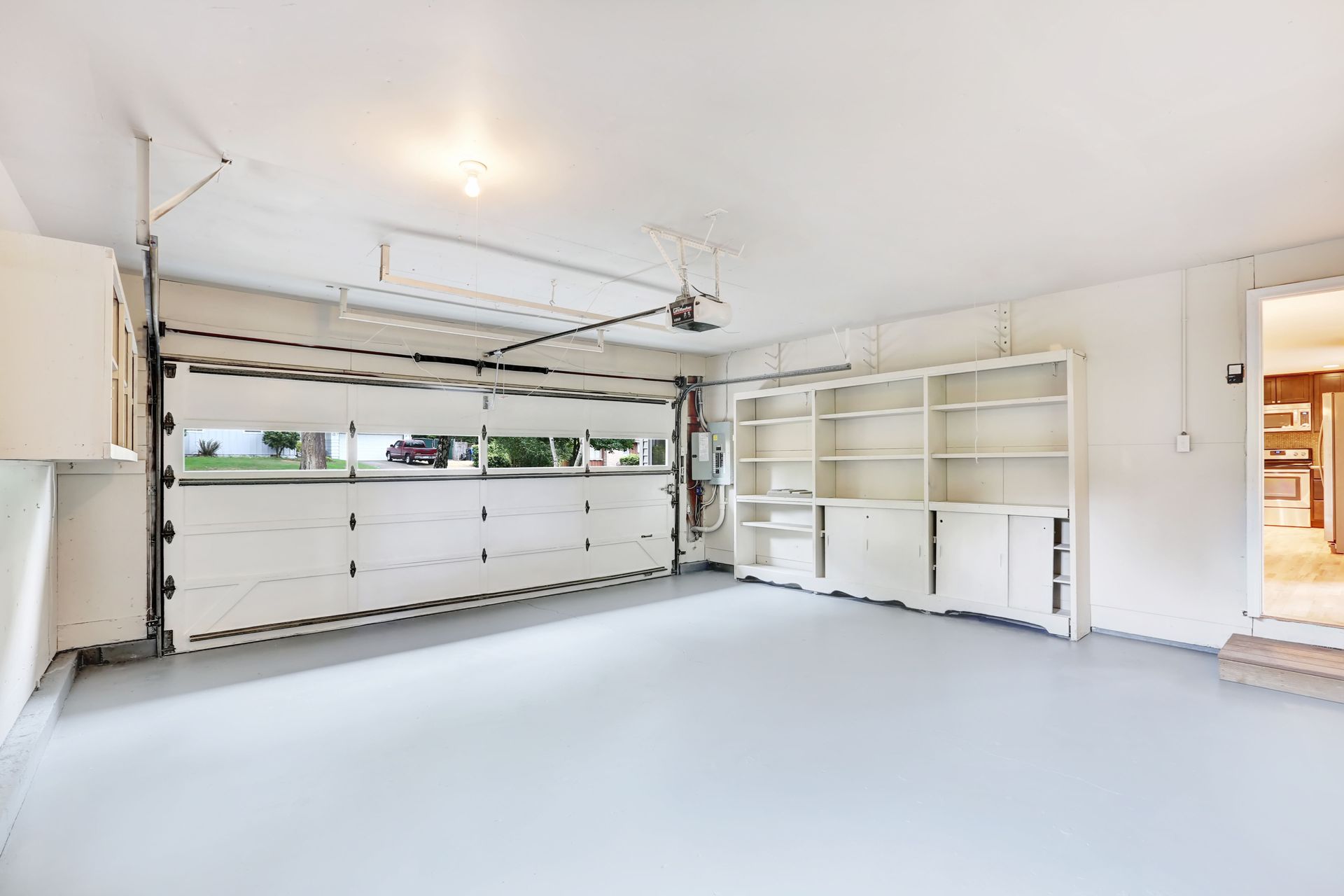September 12, 2025
In this article, we will explore the essential steps involved in preparing your home for the installation of a new garage door. From assessing your current setup to ensuring safety and selecting the right garage door, we've got you covered to make the transition seamless and efficient.
1. Assessing Your Current Garage Setup
Before considering the installation of a new garage door, it's crucial to inspect the structural integrity of your current garage setup. Look for any signs of wear and tear in the walls, ceiling, and flooring to ensure they can support the new door. Performing this inspection helps avoid complications during installation and prolongs the lifespan of your garage. Check for moisture damage and ensure that there's no rust or decay in the structural components. Addressing these minor issues beforehand will save time and prevent future costly repairs.
Accurate measurements are vital in selecting the correct size for your new garage door. Begin by measuring the width and height of the garage opening, considering any obstructions such as pipes or storage that may reduce available space. Additionally, measure the depth of the garage to confirm that the door can retract safely without hindrance. Making precise measurements prevents the inconvenience of purchasing an incorrectly-sized door. Always confirm your dimensions with the garage door manufacturer to ensure compatibility.
Examine your existing door system for any functional deficiencies or outdated technologies that might require an upgrade. Evaluate the opener, tracks, and springs for wear and functionality compliance. Identify any components that need replacing to avoid unnecessary expenses after installing the new door. Such assessments can also allow you to explore new technologies that enhance the operation of your garage door. You might want to consider smart garage door openers that offer remote accessibility and advanced security features.
Clearance issues can significantly impact the successful installation of a new garage door. Ensure that there is enough space around and above the current setup for the new door to operate unobstructedly. Look for obstacles like light fixtures, cables, or shelving units that could impede door movement. Addressing these clearance issues early ensures smooth and hassle-free operation post-installation. Move or rearrange any objects that might interfere with garage door mechanics to optimize space efficiency.
Electricity is a core component of modern garage door operation, and assessing your electrical setup is essential. Verify whether your existing outlets can handle the power requirements of new openers or additional features like lighting and sensors. Consider hiring an electrician if upgrades are necessary to support the new system. An updated electrical system not only ensures smooth door operation but it also adds a layer of safety to your installation. Having a competent electrician inspect and confirm your setup can prevent future electrical issues.
2. Selecting the Right Garage Door
Garage doors come in various materials, each offering unique benefits tailored to different needs and preferences. Aluminum doors, for instance, are lightweight and resistant to rust, making them ideal for humid environments. Steel is renowned for its durability, while wood offers a classic, aesthetic appeal that enhances curb appeal. Composite materials are another option, blending the benefits of wood and steel. Each material requires different levels of maintenance and care, so think about long-term upkeep when making a choice.
The style and design of your new garage door can dramatically impact your property's visual appeal. Consider a design that complements the architectural style of your home, be it contemporary, classic, or rustic. Options are plentiful, from paneled doors, carriage styles, and modern flat designs to windowed and customized patterns. Remember, the goal is not just functionality but also enhancing your home's exterior aesthetics. An elegant garage door design can significantly elevate your property's market value.
Insulation in a garage door is essential, especially if your garage is attached to your main living space. Insulated doors provide temperature regulation, noise reduction, and increased energy efficiency. Look for R-value ratings when considering insulation options; a higher R-value indicates better insulation capabilities. This feature is particularly beneficial in areas prone to extreme weather conditions, keeping your garage usable and comfortable throughout the year. Proper insulation can lead to notable savings on energy bills over time.
Security is paramount when selecting a new garage door, as it often serves as an additional entry point to your home. Look for security features such as tamper-resistant locking mechanisms, rolling code technology, and motion detectors. These technological enhancements can provide peace of mind, deterring potential intruders and enhancing home security. Consider integrating smart technology with the door to allow control and monitoring via mobile devices. A secure garage door can improve overall home safety and offer valuable emergency backups.
Costs can vary widely based on the material, design, and technology of your chosen garage door. Establishing a clear budget helps narrow down your options and find a product that offers the best value for money. According to This Old House, a garage door replacement offers an ROI of 193%, making it a financially sound investment. While upfront costs can be significant, a well-chosen garage door enhances home value and recoups purchase costs over time. Consider installation, maintenance, and potential repair costs when evaluating overall expenses.
3. Preparing the Installation Area
A clutter-free garage interior is essential for a smooth installation process. Remove any items obstructing the work area, such as tools, vehicles, and stored materials, to provide installers ample space to operate effectively. A clear environment reduces the chances of accidents and ensures that the new garage door components are set up efficiently. Organizing storage systems can be a long-term improvement, maximizing space and accessibility, improving overall garage utility. Clearing out the interior also allows you to inspect and address any pre-installation repairs.
A successful garage door installation also depends on an obstruction-free exterior environment. Trim bushes, trees, or other plants that may interfere with the door's installation or operation. Ensure that pathways to the garage are clear, allowing installers and equipment easy access. Checking exterior lighting is another critical step, providing sufficient visibility during installation. An unobstructed exterior facilitates a safe and efficient installation process.
For a seamless installation process, confirm that the garage has a reliable power supply. Ensure that outlets are functional and that circuit breakers are not overloaded. Depending on your new door's power requirements, an upgraded power supply might be necessary. Discuss power supply needs with your installer to avoid post-installation issues. Provision of a dedicated outlet, if required, contributes to consistent door operation and overall safety.
Securing structural support is a critical part of preparing for a garage door installation. Reinforcing weak or damaged areas of the doorframe, such as headers or jambs, prevents future mishaps. Ensure that the area can withstand the weight and operation of the new garage door without compromising stability. Consult a professional if necessary to discuss additional reinforcements or structural adjustments needed. Having solid structural grounding ensures the longevity and secure fitting of your new garage door.
Weatherproofing is an essential preparation step for garage door installation, protecting the interior from harsh external conditions. Inspect current weatherstripping and seals for any wear or gaps that could compromise insulation or security. Consider upgrading to advanced sealing solutions if necessary, contributing to better energy efficiency and protection against the elements. Proper weatherproofing ensures your garage remains a safe and temperature-regulated environment. A comprehensive inspection assists in maintaining the overall functionality and safety of your newly installed door.
By following these comprehensive steps, preparing your home for a new garage door installation can be straightforward and stress-free. From selecting the right door to ensuring safety and compliance, these guidelines will help you achieve a successful installation and enhance both the functionality and aesthetics of your home’s garage. Be sure to reach out to Garage Service Today today for more information on our professional garage door installation!




